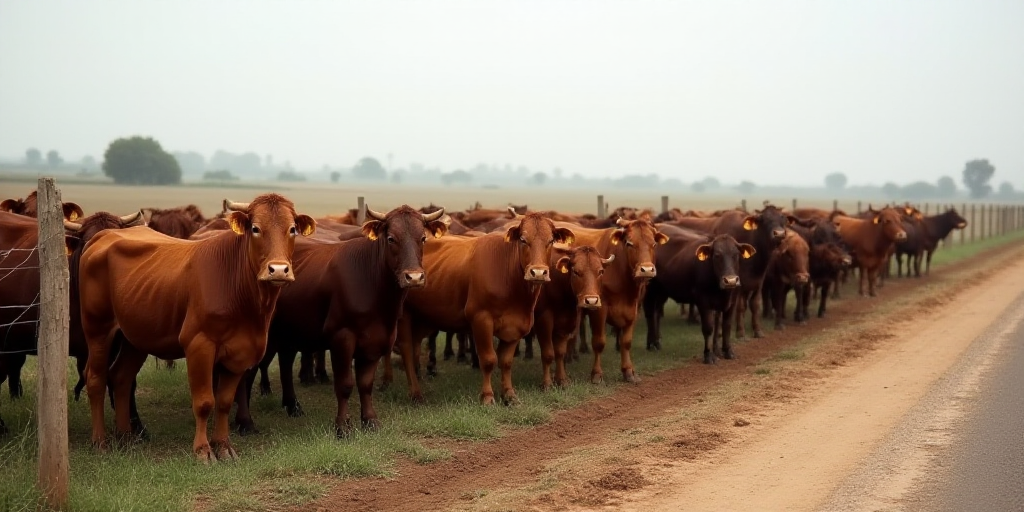Background on Carlos Enrique Martínez y Rivera and His Relevance
Carlos Enrique Martínez y Rivera, the president of the Puebla State Agricultural and Livestock Council (Ceagro), has been a prominent figure in the state’s agricultural sector. His organization represents farmers and ranchers, advocating for their interests and addressing concerns related to agricultural practices and animal health. With the recent emergence of the gusano barrenador (barber pole worm) in Puebla, Martínez y Rivera’s expertise and leadership have become crucial in guiding the response to this challenge.
Gusano Barrenador’s Arrival in Puebla and Current Situation
Ceagro’s president, Carlos Enrique Martínez y Rivera, acknowledged the inevitable arrival of the gusano barrenador in Puebla, with 17 confirmed cases detected, primarily in the Sierra Negra region. Despite the state government’s previous investment of 30 million pesos in preventive measures, the parasite still managed to establish itself, causing concern among local ranchers.
Historical Context of Health Controls in Puebla
Martínez y Rivera highlighted the need for improved health controls in Puebla, noting that over a decade ago, there were 21 sanitary checkpoints along highways to ensure the health and safety of agricultural products. He expressed concern that these vital measures have been neglected, especially with changes in state government, regardless of political affiliation.
Current Efforts to Control Gusano Barrenador
In response to the gusano barrenador outbreak, the Puebla state government and Ceagro have implemented several strategies to curb its spread. These efforts include:
- Establishing two sanitary barriers with 12 brigades in the Sierra Negra and Molcaxac regions.
- Implementing Internal Verification Points (PVI) along eight itinerant routes.
- Conducting information sessions at local markets (tianguis) and slaughterhouses (rastros).
- Providing training and medication to over 2,300 producers to safeguard their livestock.
Ceagro’s Offer of Assistance and Future Concerns
Ceagro’s president, Carlos Enrique Martínez y Rivera, has offered his organization’s assistance to authorities for monitoring livestock in affected areas. He remains vigilant, as the recent surge from six infected animals on September 8 to 17 cases by month’s end raises concerns about further infections. Martínez y Rivera emphasized that while these animals are intended for domestic consumption, significant losses could still impact exporters, given Brazil’s status as the world’s largest meat producer without stringent sanitary controls.
Key Questions and Answers
- What is the gusano barrenador? The gusano barrenador, or barber pole worm, is a parasite that affects cattle and other livestock, causing significant economic losses for farmers and ranchers.
- Who is Carlos Enrique Martínez y Rivera? Carlos Enrique Martínez y Rivera is the president of Ceagro, a prominent agricultural organization in Puebla representing farmers and ranchers.
- Why is the gusano barrenador a concern in Puebla? The recent confirmation of 17 cases in Puebla, primarily in the Sierra Negra region, has prompted concerns about the parasite’s spread and potential economic impact on local ranchers.
- What measures have been taken to control the gusano barrenador? Authorities have established sanitary barriers, implemented verification points, and provided training and medication to producers. Ceagro has also offered its assistance in monitoring affected areas.
- Why is Brazil’s situation relevant? Brazil, being the world’s largest meat producer, serves as a comparison to highlight the importance of robust sanitary controls in preventing the gusano barrenador’s spread and ensuring the safety of both domestic and export-oriented livestock industries.






